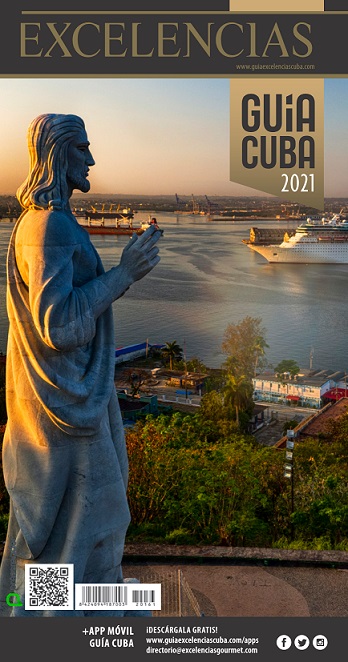Jamaica is the third biggest island of the Caribbean. Xaymaca, land of wood and water in Arawak language; it enchants the visitor because of its history and its magical beauty, its green mountains and blue beaches. This is a place of details, ideal to rest, the lovers' favorite and right for honeymooning. An ancient pirates' refuge, this island of two million and a half inhabitants is a mixture of Africans, Europeans and Asians. Its natural beauties are added to the mystic character the country has for being the homeland of Bob Marley, the king of the reggae music. The impressive Blue Mountains range divides the north and south coasts. Kingston, the capital, is located towards the south. In the same area, Port Royal, the famous piracy center, showing its best legends, and Spanish Town, the only existing Spanish city in Jamaica. To the north, there is Montego Bay, the second city of the island, but also its tourist capital par excellence. Ocho Ríos, Negril, Port Antonio, Mandeville, the country's main mountain area, and Runaway Bay, with their peculiar charm, make the country's biggest tourist concentration. You can discover a world full of adventures, places to explore and to visit. Its service quality is enjoyed in the country's big and luxurious hotels. The island invites you to run away from the constant and oppressive modern life stress, to be engaged in an exquisite atmosphere of amusement and discovery, to enjoy native food in its varied restaurants and dance to the calypso rhythm. You can also buy interesting crafts, especially made out of sea materials, as well as colorful paintings. Blessed by warm temperatures the whole year, it offers the visitor fantasy beaches, always full of sun.






